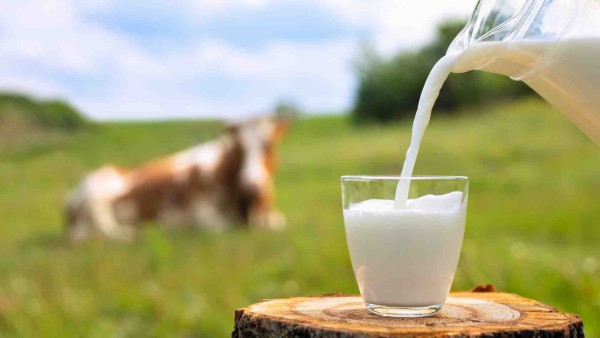Madhya Pradesh, a state known for its fertile lands and thriving dairy industry, presents a golden opportunity for entrepreneurs to venture into the lucrative world of milk processing. With a vast network of dairy farms and a growing demand for milk products both domestically and internationally, setting up a milk processing plant in this region can be a venture with immense potential.
Demand Devouring Distance:
India is the world's largest producer of milk, and Madhya Pradesh ranks among the top ten milk-producing states. This abundance of raw material fuels a thriving market for processed milk products, ranging from fresh milk and yogurt to cheese, butter, and ice cream. The growing health consciousness among consumers has also led to a demand for functional milk products, such as probiotic-rich milk and protein-enriched yogurt.
Raw Material Availability and Sources:
Madhya Pradesh boasts a strong dairy infrastructure, with a network of over 3.5 million dairy farmers producing around 20 million liters of milk daily. Sourcing raw milk from these farms is relatively easy and can be achieved through direct partnerships with farmers or through aggregators.
Processing Techniques:
A milk processing plant typically involves a series of steps to ensure the safety, quality, and preservation of the milk. These steps include:
-
Cleaning: Milk is thoroughly cleaned to remove impurities and bacteria.
-
Standardization: The milk fat content is adjusted to meet specific standards.
-
Homogenization: The milk is processed to break down fat globules, resulting in a smoother texture.
-
Pasteurization: The milk is heated to a specific temperature to kill harmful bacteria while preserving its nutrients.
-
Cooling: The milk is rapidly cooled to prevent bacterial growth.
-
Packaging: The milk is packaged in sterile containers to ensure its shelf life.
Machinery Requirements:
A milk processing plant requires a range of machinery to handle the various stages of milk processing. These include:
-
Cleaning systems: For cleaning milk tanks, pipes, and other equipment.
-
Standardizing equipment: To adjust the fat content of milk.
-
Homogenizers: To break down fat globules in milk.
-
Pasteurizers: To heat and cool milk.
-
Packaging machines: To fill, seal, and label milk containers.
By-Products:
Milk processing generates valuable by-products that can be further processed or sold as animal feed. These include:
-
Buttermilk: A byproduct of butter production.
-
Whey: A byproduct of cheese production.
-
Skimmed milk powder: A concentrated form of milk with reduced fat content.
Value-Added Products:
To stand out in the market, milk processing plants can produce value-added products, such as:
-
Flavored milk: Milk infused with fruits, spices, or herbs.
-
Flavored yogurt: Yogurt with a variety of flavors and toppings.
-
Probiotic-rich milk: Milk enriched with beneficial bacteria.
-
Protein-enriched yogurt: Yogurt with added protein for athletes and health-conscious consumers.
-
Cheese: A variety of cheeses, such as cheddar, mozzarella, and paneer.
-
Butter: Unsalted or salted butter.
-
Ice cream: A variety of flavors and textures.
Preservation Methods:
Processed milk products can be preserved using various methods, including:
-
Refrigeration: For short-term storage.
-
Freezing: For longer-term storage.
-
Canned or aseptic packaging: For extended shelf life.
Nutritional Value:
Milk is a rich source of essential nutrients, including protein, calcium, vitamin D, potassium, and riboflavin. Processed milk products retain most of these nutrients, making them a nutritious part of a balanced diet.
Packaging:
Proper packaging is crucial for preserving the quality and safety of milk products. Common packaging materials include:
-
Plastic bottles: For fresh milk and yogurt.
-
Aseptic cartons: For longer-shelf-life products.
-
Glass bottles: For premium products.
Market Demand:
The domestic market for milk products is large and growing, driven by increasing disposable incomes, health consciousness, and a growing preference for convenience. Additionally, there is a strong export market for Indian milk products, particularly in Southeast Asia, the Middle East, and Africa.
Certifications:
To ensure food safety


